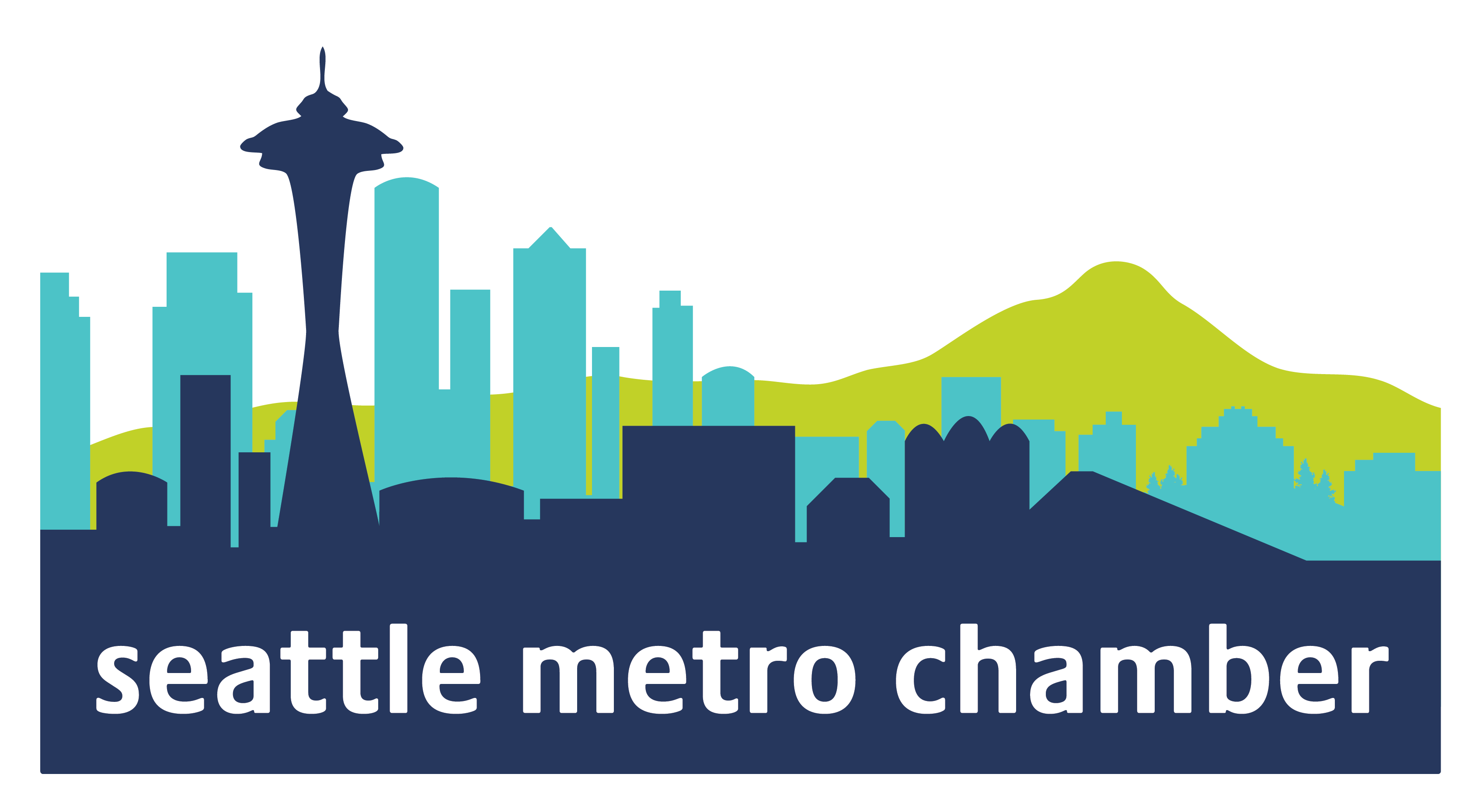The city of Seattle is considering changes to its Industrial and Maritime strategies, including studying potential zoning changes in industrial areas. You can learn more about the project here. Seattle is preparing an environmental impact statement (EIS), which is required by state law and provides information to policymakers and the public about the effects of significant proposed changes to zoning or land use policies.
Last week, the Chamber submitted comments to Seattle’s Planning and Community Development staff urging Seattle to include jobs and economic impacts as a topic to be considered in the EIS. Seattle’s industrial areas are responsible for approximately 100,000 jobs, totaling approximately 15% of Seattle’s employment. You can see the Chambers’s full comments below.
Now that the comment period for EIS scoping has ended, Seattle is preparing a draft EIS, which will be published, kicking off a 45-day comment period. After comments are received, a final EIS will be published before specific policy and zoning changes are considered and implemented. Please feel free to reach out to Mackenzie Chase if you have comments or questions about the ongoing process or the Chamber’s comments.
City of Seattle
Planning and Community Development
P.O. Box 94788
Seattle, Washington 98124-7088
Dear Planning and Community Development Staff:
Subject: Comments on the scope of the EIS for the Industrial and Maritime Strategy update
On behalf of the Seattle Metropolitan Chamber of Commerce and our 2,500 members, thank you for the opportunity to provide comments on the scope of the EIS for the Industrial and Maritime Strategy update.
We strongly encourage you to include jobs and economic impact as one of the topics to be considered. Seattle’s industrial lands offer some of the few high-wage job opportunities available to people without a four-year degree, and any impacts on high-quality jobs should be considered and analyzed. We also encourage you to ensure that the EIS reviews any impacts to freight mobility and freight corridors.
Finally, the Chamber remains a strong supporter of transit-oriented development. We encourage the City to consider how transit-oriented development might look different in industrial lands, while still achieving the goal of denser opportunity without complete dependence on a car. For example, while citing dense housing developments around transit stations in a residential neighborhood makes sense, it might make more sense to cite job-dense developments without housing near transit in industrial zones.
Seattle has limited and irreplaceable industrial lands, many of which are physically tied to Seattle’s port and cannot be relocated. If industrial lands are rezoned for residential development, history tells us that lands will quickly become unaffordable for industrial purposes.
Sincerely,
Alicia Teel
Senior Vice President of Public Affairs and Communications
